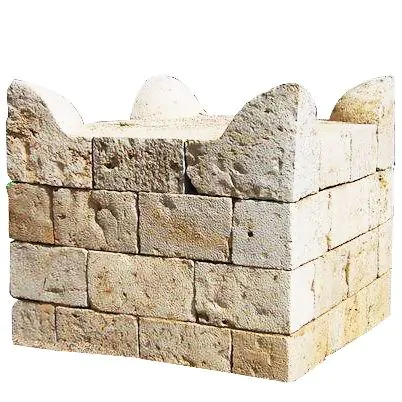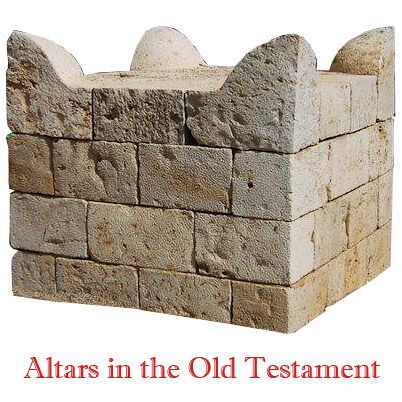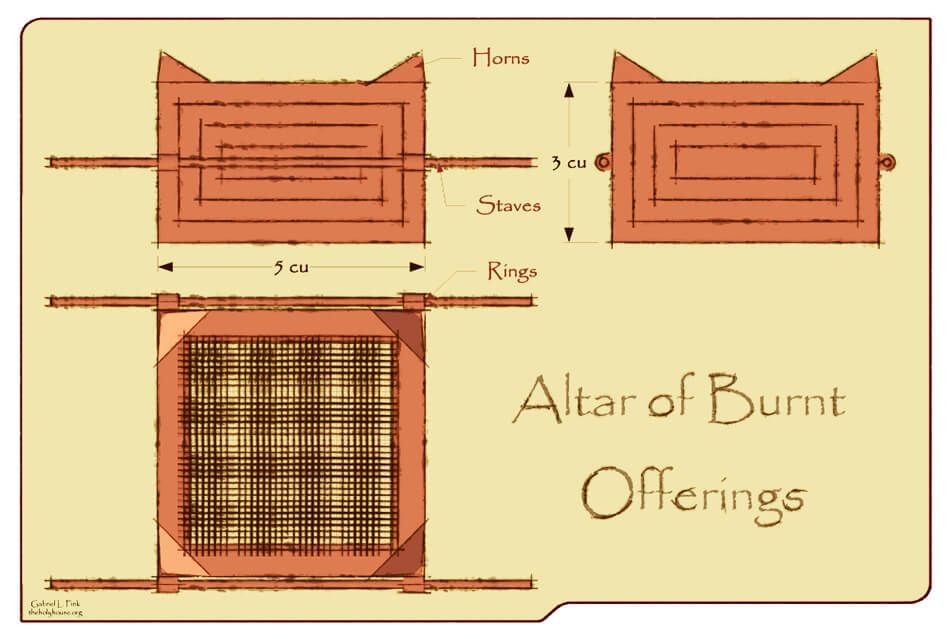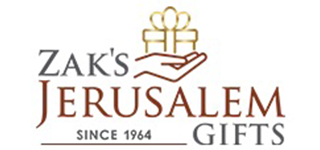The Significance of Altars in the Old Testament


The Significance of Altars in the Old Testament Earthen Altars & Four-Horned Altars The Bible contains detailed instructions on the construction of the tabernacle, its furnishings, and the proper worship of God in that place.
One of those commands included the construction of the four-horned altars of bronze and gold, where sacrifices would be offered to God as a means of cleansing the sins of the people.
What is an altar? Before the sacrifice of the Messiah on the heavenly altar, God commanded for Israel to build earthly altars to the specific instructions laid out in scripture.
Throughout the book of Exodus, God ordains altars for the purpose of sacrifice, adoration, and worship, for example, the exodus of the Israelites from Egypt into wilderness for the purpose of worshiping God (8:27), Moses building the altar after the victory over the Amalekites (17:15), or Moses sacrificing burnt offerings on an altar for the covenant ceremony (24:4-5) (Doeman, 513).
The word altar can take on a variety of meanings, but the type of altar here is translated in the original Hebrew text as, “mizbeah”. This Hebrew word is derived from the root of “zbh” which means “to slaughter, or sacrifice”, indicating that this is a place where animals are to be slaughtered (King, 339) as an act of worship, devotion, and reliance on God (Renn, 29).
The centrality of the sacrifices done at the altar in worship focuses on the communication and connection between God and His people, as they offer sacrifices in the place of their sins under the Mosaic Covenant. Yet, even these places of worship were not always respected.
Pagan altars, or places to sacrifice to pagan gods, were also constructed leading to the misconception that the sacrifices to the pagan gods and the true God were of the same value. This sheds light on the Israelite’s inability to recognize God as who He truly is, one, holy, and faithful (Renn, 29).
Four-Horned Altars Four-horned altars, as described in Exodus, were to be made of one natural material with a square, flat top and pointed “horns” at each of the corners. While the corner horns are the most distinguishing factor of this type of altar, many speculations have been made trying to understand why the horns are commanded to be there. The call for the four-horned altar comes at the construction of the tabernacle, one of bronze, and the other of gold (Exodus 27:1-8 and Exodus 30:1-10).

The four-horned altar of gold is confirmed to be placed in, or near the Holy of Holies, a place where only the priests were to practice this ritual on behalf of the people, making it a very exclusive and specialized act of worship within the tabernacle (Hebrews 9:1-4). The only reason the altar may be describes as inside the Holy of Holies was because the smoke of the sacrifice made on the altar may have been the cleansing ritual for the Holy of Holies on the Day of Atonement as the high priest walked in to make atonement for the sins of the people that year.
The Holy of Holies was the place of God’s dwelling, a highly protected sanctuary within the earthly tabernacle, hence the four-horned altar played a significant role in the ritual of worship and communication with God. The atoning power of the altar, by God’s command, was shown through the sprinkling of blood on each horn with the rest of the blood poured out at the base (Kaiser, 462).
God made provisions on earth which would maintain the people, prepare the people, and remind the people that the promise was coming soon.
Bibliography Alexander, Ralph H. “Ezekiel.” The Expositor’s Bible Commentary. Ed. Frank E. Gaebelein, Vol. 6. Grand Rapids: Zondervan, 1986. 970-973. Ameling, Walter, Jena, et. Al. Brill’s New Pauly. Ed. Rudolf Brandle, Vol. I. Leiden, The Netherlands: Koninklijke Brill NV, 2002. 543-550. Biblical Archaeology Society Staff. “Which Altar was the Right One in Ancient Israelite Religion?” Bible History Daily, Biblical Archaeology Society, 2015. Brueggemann, Walter. “The Book of Exodus.” The New Interpreter’s Bible. Vol. 1. Nashville: Abingdon Press, 1994. 677-1001. Dozeman, Thomas B. Eerdmans Critical Commentary: Exodus. William B. Eerdmans Publishing Company, 2009. Expository Dictionary of Bible Words. Ed. Stephen D. Renn. Massachusetts: Hendrickson Publishers, 2005. Fretheim, Terence E. Interpretation: Exodus. Westminster John Knox Press, 1991. Janzen, J. Gerald. Exodus. Westminster John Knox Press, 1997. Kaiser, Walter C., Jr. “Exodus.” The Expositor’s Bible Commentary. Ed. Frank E. Gaebelein, Vol. 2. Grand Rapids: Zondervan, 1990. 462-464. King, Philip J., and Lawrence E. Stager. Life in Biblical Israel. Westminster John Knox Press, 2001. Lawrence, Natan. “What is Prophetic significance of the four horns of the altar?” Hoshana Rabbah Blog, Hoshana Rabbah, February 2016. Online, 1 December 2018. Sharp, Casey. “Archeological Views: Alternate Alters,” Biblical Archaeological Review 41.6, BAS Library, 2015. Walton, John H., and Victor H. Matthews, and Mark W. Chavalas. The Bible Background Commentary: Old Testament. Downers Grove: InterVarsity Press, 2000. Wells, Bruce. “Exodus.” Zondervan Illustrated Bible Backgrounds Commentary. Ed. John H. Walton, Vol. 1. China: Zondervan, 2009. 257-258.


Leave a Reply
You must be logged in to post a comment.